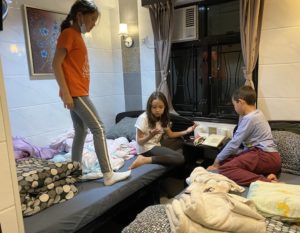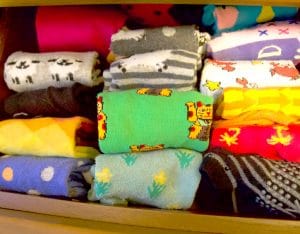
It’s well known that Hong Kong landfills are bursting at the seams. After learning about the wastage caused by the textile industry, a Hong Kong mama made a bold attempt to turn the dial down on fast fashion with a no-buy pledge. Here’s how she fared and what we can learn from her social experiment.
My fingers were particularly trigger-happy during COVID season. Perhaps it was a voyeuristic way of partying while staying at home, but I found myself purchasing items I didn’t need (and frankly didn’t want). It was also during this time an eco-conscious friend started a crusade against fashion waste. She showed me how second to the oil industry, the fashion and textile industry is the most polluting of industries – contributing to 10% of global carbon emissions.
Read more: How To Recycle In Hong Kong: Hassle-Free Tips For Reducing Waste

Understanding The Impact Of Fashion Waste
Ignorance was bliss. Becoming more aware ruined my enjoyment of online shopping, and even the convenience of free shipping was not as appealing when I found out the truth of the online returns process. Like most shoppers, I would bracket buy, that is, purchase several sizes of one type of clothing, with a mind to return the items that did not fit. I assumed my returns would get repacked and resold, but the additional cost of reshelving merchandise means retailers often send returns directly to landfills. In fact, $428 billion USD of merchandise was returned last year in the US alone. This accounts for 5.8 billion pounds of waste going to landfills. The environmental cost? 16 million metric tonnes of carbon dioxide emitted to the atmosphere during the returns process, as per Optoro’s 2020 Impact Report.
There seems to be a seamless relationship between fashion and waste, and understanding how my shopping habits were detrimental to the environment led to my ultimate conversion.
While the three popular commandments are to reduce, reuse and recycle, my gospel became simply to “refuse”.
Read more: Zero-Waste Living: Where To Find Eco-Friendly Essentials In Hong Kong

The No Buy Pledge
Spurred on by these articles, I rounded up three girlfriends to join me in a No Buy pledge. For six months straddling 2020 to 2021, we pledged to purchase nothing for ourselves – no clothing, no cosmetics, no toiletries, nothing. We bartered and traded items with each other but made a list of exceptions because we drew the line on sharing menstrual products.
We encouraged each other by sending articles on fashion and waste and egged each other with pictures of coveted final clearance items that we couldn’t purchase. When skincare items came to an end, each of us rediscovered the stash of free samples that we acquired through the years but had dutifully ignored.
Starving ourselves of shopping may seem a bit extreme. But whether we are talking about bulging closets or bulging midlines, I find going cold turkey the best way to reset your attitude on consumption.
If you refuse to buy in the first place, then we don’t need to consider the other two Rs in the conservation trinity: reuse and recycle.
Spoiler alert: not all of us made the six months shopping fast (old habits die hard!). One of us couldn’t resist a sale item (though she squirrelled it away until after the pledge), and the other (me, guilty as charged) gave in to a pair of M&S pyjamas. But the experiment was useful because it tackled an underdeveloped area: the determination to delay gratification to purchase. This life-changing fortitude is something we would all do well to develop and one that we should learn ourselves before teaching our kids.
Like any diet, the first few weeks of the fashion fast were particularly hard. Oftentimes I even forgot about my pledge to refuse. The distance between desire (look at that necklace!) and acquisition (click, confirm to purchase) was closely stitched together. The first milestone was to cut the stitch. Gradually, the more I exercised my will to say no, the easier it became.
Read more: 6 Ways To Upcycle Your Family Wardrobe At Home
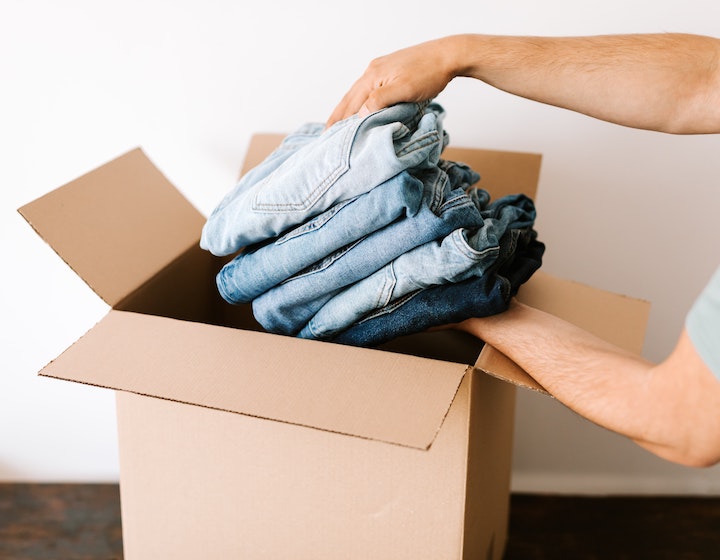
We Are Waste Deep
While waste can come in many different shapes and sizes, the fashion industry has particularly long tentacles, and the supply chains have unfortunate ramifications on many areas. From the logging to the cotton industry, from ocean to marine life, and from climate change to the labour force in factories, much of what we wear has far-reaching repercussions that we don’t see when we browse next season’s line at the shopping centre.
Take for example the pair of jeans you might be wearing. It takes 10,000 litres of water to grow the cotton for one pair of blue denim. And unless the crop was grown with sustainability in mind, cotton also happens to be the world’s single largest pesticide-consuming crop which in turn leaches into soil and water. When the jeans go into the washing machine, the synthetic material sheds microplastics that make their way into waterways, which threatens marine wildlife and ends up in our food supply. Even detergent has its ills: the surfactant of the formulation which lifts off the dirt from your Levi’s also happens to be highly toxic to aquatic life.
Here in Hong Kong, 339 tonnes of textile waste are sent to landfills per day by businesses and consumers. This is the equivalent of about 20 double-decker buses a day. I asked Lauren Boucher what options we have for recycling textile waste in Hong Kong. Boucher is from Redress, an environmental NGO that works to reduce waste in the fashion industry, and someone who has done extensive research into textile waste.
Tackling Textile Waste In Hong Kong
Boucher shared how local recycling options are limited, and how this makes it especially challenging to deal with the “bottom layer” of clothes that can’t be reused (stained, torn and undesirable clothes such as used uniforms, socks and underwear). While there are some interesting upcycling possibilities locally (the process of transforming waste into new products), it has its constraints in scale, scope and cost.
Donations and reuse is another alternative to prolong the expiry date of clothing and textile. Redress collects secondhand clothing through donation bins located at shops listed here and The Salvation Army is another option. But many NGOs are no longer collecting second-hand clothing and disused textiles due to heightened hygiene requirements, lack of storage space and the manpower needed to sort out clothing donations.
Read more: Cull The Clutter: Your Guide To Donation Resources In Hong Kong
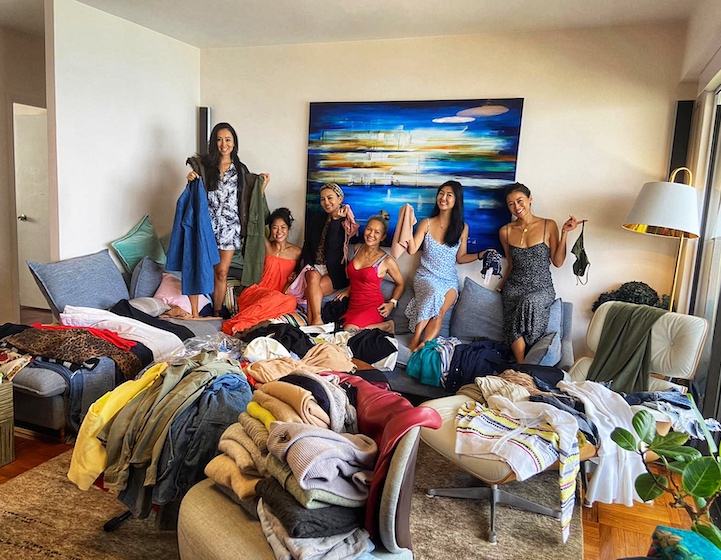
How Can We Slow Down Our Fast Fashion Habits?
Lest we lose hope, let’s remember consumers always have the power of choice. Clearly, refusing to purchase is not a long term solution, but reducing the amount we buy, and being thoughtful and conscientious consumers, is the best practice from an environmental perspective. Through this experiment, I learnt a few handy habit-breaking hacks.
![]() Most of our purchases are instinctive anyway, so I learned an easy way when I returned to online shopping. After you’ve moved items to your Shopping Cart, resolve to wait a few days before finalising the purchase. It might be when you return to the website you’ll find the initial impulse to purchase is gone.
Most of our purchases are instinctive anyway, so I learned an easy way when I returned to online shopping. After you’ve moved items to your Shopping Cart, resolve to wait a few days before finalising the purchase. It might be when you return to the website you’ll find the initial impulse to purchase is gone.
![]() Another fun and eco-conscious way to shop is in your girlfriends’ closets. Recently, a group of my friends held a pre-loved fashion swap, realising the popular saying that one person’s trash is another person’s treasure. I left the swap with so much treasure while not spending a dollar!
Another fun and eco-conscious way to shop is in your girlfriends’ closets. Recently, a group of my friends held a pre-loved fashion swap, realising the popular saying that one person’s trash is another person’s treasure. I left the swap with so much treasure while not spending a dollar!
![]() There are plenty of high-quality second-hand stores to shop at. One of my favourites is Hula, which has a physical warehouse located in Wong Chuk Hang, Redress Closet just opened in Sham Shui Po, and for the little ones, there is Retykle. Other websites include Vestiaire Collective and The Real Real for vintage high-end brand names.
There are plenty of high-quality second-hand stores to shop at. One of my favourites is Hula, which has a physical warehouse located in Wong Chuk Hang, Redress Closet just opened in Sham Shui Po, and for the little ones, there is Retykle. Other websites include Vestiaire Collective and The Real Real for vintage high-end brand names.
SOLIDRESSING is a 2-day pop-up that takes place every year at On The List. You can get around 1,000 preloved clothes and accessories from designer, vintage and high street brands for the whole family here, for as little as $20. Besides helping reduce fashion waste, each edition raises close to $120,000 for MAYAA, a charity dedicated to the cause of education of unprivileged children in Nepal and Hong Kong. This year’s pop-up takes place at the On The List store in Central on Sunday, 10 and Monday, 11 October.
![]() Educate yourself. There’s a new documentary feature film “reFashioned” that premiered on 18 September as part of Movie Movie’s “Life Is Art” film festival. Learn more about the reFashioned project, view the trailer and show it to your friends, tweens and teens. Children are often more adaptable and may embrace eco-conscious fashion choices sooner than we are able to.
Educate yourself. There’s a new documentary feature film “reFashioned” that premiered on 18 September as part of Movie Movie’s “Life Is Art” film festival. Learn more about the reFashioned project, view the trailer and show it to your friends, tweens and teens. Children are often more adaptable and may embrace eco-conscious fashion choices sooner than we are able to.
Read more: Where To Get Sustainable Kids Clothes In Hong Kong
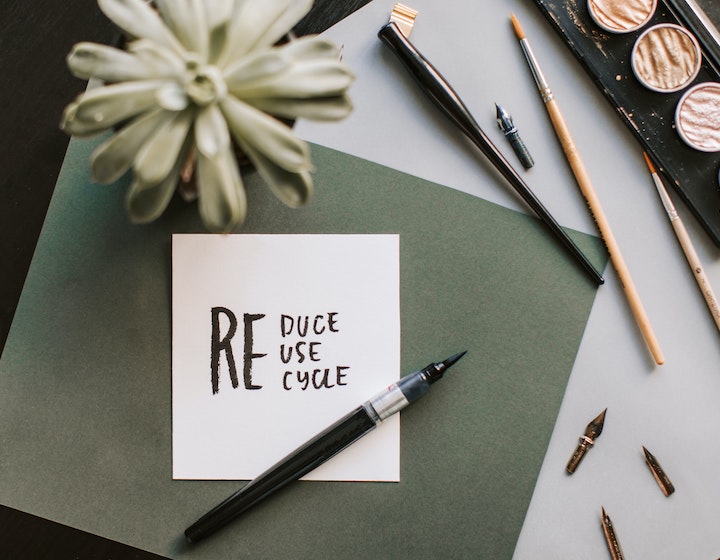
When it comes to fashion I have found less is more. During the time of the No Buy pledge I also Marie Kondo’d my closet to capitalise on my streamlining momentum. By only keeping items that bring me joy meant I had fewer items in my wardrobe, but every item sparked immense joy. In the process of culling, I recovered long lost items in my closet which has become part of my capsule wardrobe. While this pertains to items you already own, the next logical conclusion is to apply less is more to items you purchase. Reduce your consumption – both your wallet and the planet will be better off.
Read more: How To Introduce Your Kids To Sustainability
 View All
View All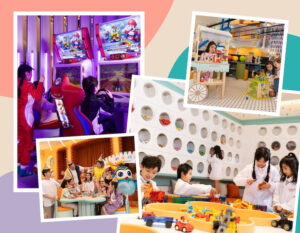










 View All
View All





 View All
View All


 View All
View All







